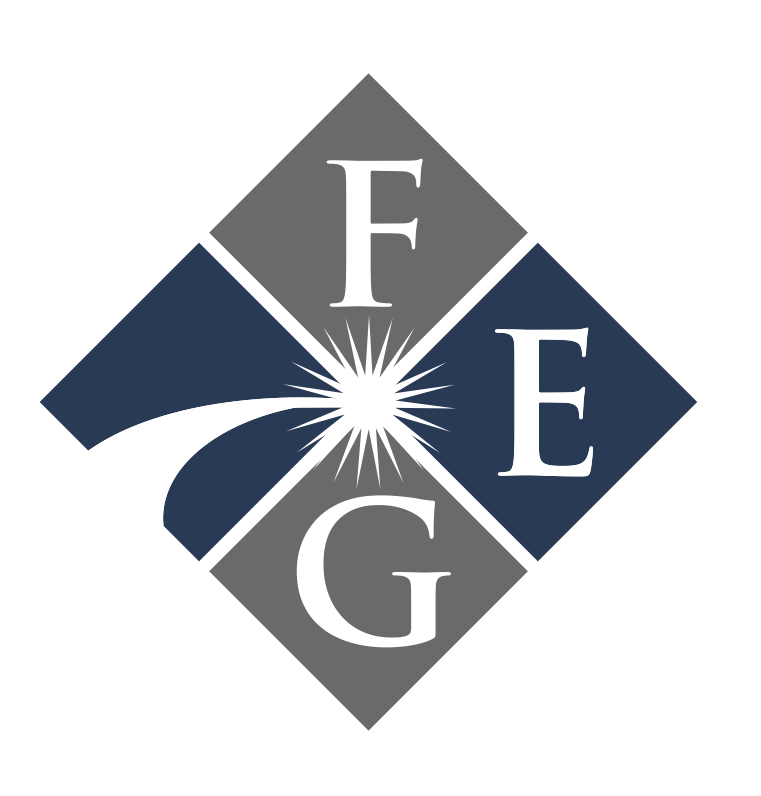Many of us feared monsters hiding in the closet or under our childhood beds. And while such fears are usually relegated to humorous memories by adulthood, new anxieties often arise–like retirement planning. The nagging worry about “what’s missing” in our retirement plans can be very real. The good news is such fears can be managed.
Many risks should be considered during the retirement planning process, but ignoring “inflation creep” is a common oversight when people consider their financial futures.
We witness individuals who have factored in zero inflation when calculating their future income stream. In other words, their investment plan generates a retirement income stream that never goes up, even if they live 25 years or more beyond retirement. Other folks project an inflation rate (3% is often the norm) and then figure out how much they can spend today with their income rising every year until they pass. Both approaches contain some inherent flaws in their logic.
Planning your retirement income should address what it takes to maintain your standard of living – not replace your current income – and it needs to allocate funds between two areas of expense. The first is what we call fixed or essential expenditures and includes shelter, phone service, insurance, etc. Fixed expenses are necessary expenses that will most likely increase over time with inflation. For example, Social Security checks are currently adjusted each year based on a general cost of living adjustment.
The second type of expense is what we call “social” and includes fun stuff like travel, hobbies and those activities we may hope to do forever but may have to give up eventually as we age. During the many years I’ve sent as a financial planner I have seen families not adjust for inflation and run out of purchasing power or, perhaps even worse, use less money when they are younger (and healthier) and then find themselves older with plenty of money but little energy to spend it.
How can you create a revenue stream that provides adequate funding for the life you want to lead throughout your retirement years? Make a careful budget going into retirement. Include all of the expenditures that you know will arise and add in the ones you anticipate enjoying like travel or hobbies. Once the list is compiled, assign each item to a “fixed” or “social” expense category.
When calculating the income you’ll need for fixed expenditures during retirement, we believe you’ll be better served by using the inflation formula. You don’t want to have more life left than money when you need to eat and have a place to sleep!
When it comes to social expenses, our recommendation is to flat line the income, especially after age 68. This approach reduces the purchasing power of your social budget over time, even though you have the same income. It will allow you to have more social income while you’re able and willing to enjoy the fun things in life.
Disclaimer: Do not construe anything written in this post or this blog in its entirety as a recommendation, research, or an offer to buy or sell any securities. Everything in this post is meant for educational and entertainment purposes only. I or my affiliates may hold positions in securities mentioned in the blog. Please see our Disclosure page for the full disclaimer.


